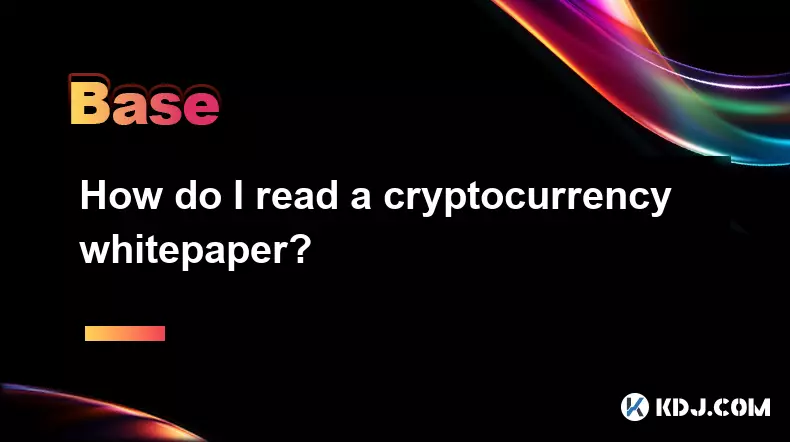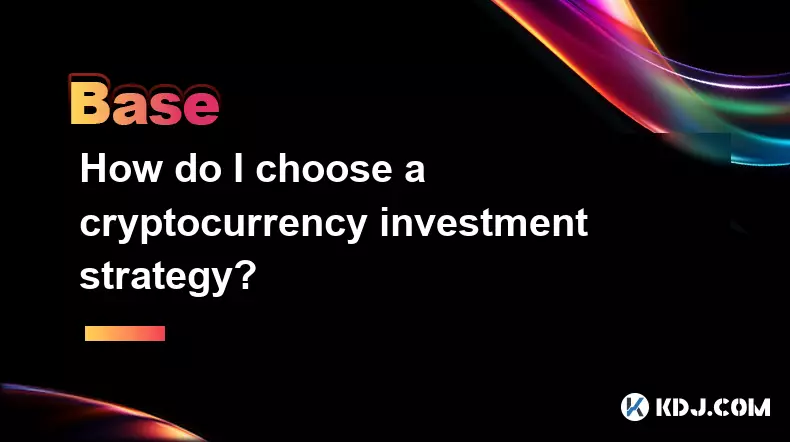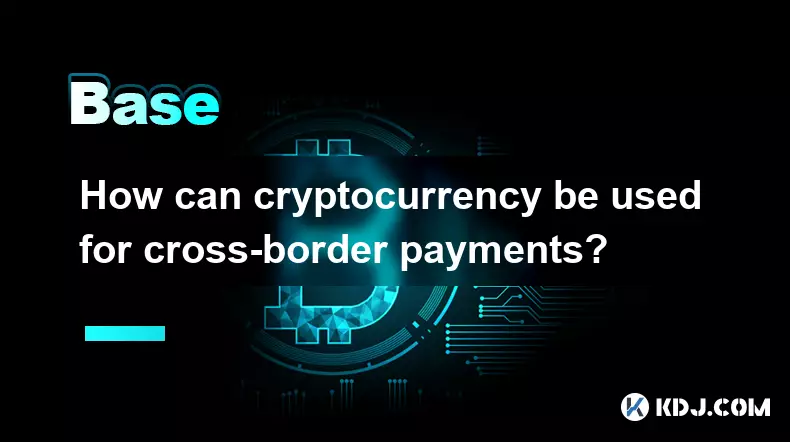-
 bitcoin
bitcoin $112195.049338 USD
2.42% -
 ethereum
ethereum $4124.915858 USD
2.81% -
 tether
tether $1.000570 USD
0.02% -
 xrp
xrp $2.861568 USD
2.25% -
 bnb
bnb $1000.346670 USD
3.04% -
 solana
solana $209.070819 USD
3.38% -
 usd-coin
usd-coin $0.999870 USD
0.02% -
 dogecoin
dogecoin $0.235379 USD
2.65% -
 tron
tron $0.335681 USD
-0.20% -
 cardano
cardano $0.803501 USD
3.38% -
 hyperliquid
hyperliquid $47.120881 USD
3.56% -
 chainlink
chainlink $21.501300 USD
3.44% -
 ethena-usde
ethena-usde $1.000571 USD
0.02% -
 avalanche
avalanche $29.793378 USD
3.62% -
 stellar
stellar $0.366964 USD
2.42%
What Is an Asset-Based Lending?
Asset-based lending offers businesses access to larger loans and lower interest rates by using equipment, inventory, or real estate as collateral, but comes with potential disadvantages like personal guarantees and covenants.
Oct 16, 2024 at 03:14 pm

Asset-based lending is a type of financing where a borrower uses assets, such as equipment, inventory, or real estate, as collateral to secure a loan. The lender has a claim on the assets and can liquidate them if the borrower defaults on the loan.
2. Types of Collateral:Common types of collateral used in asset-based lending include:
Equipment: Machinery, vehicles, and other equipment used in business operations.
Inventory: Raw materials, work in progress, and finished goods.
Real estate: Buildings, land, and other property owned by the business.
Accounts receivable: Money owed to the business from customers for goods or services.
Lower interest rates: Collateral reduces the risk for the lender, allowing for lower interest rates compared to unsecured loans.
Larger loan amounts: Lenders are willing to provide larger loans when assets are pledged as collateral.
Flexibility: Asset-based loans can be structured to meet the specific needs of the borrower, such as revolving credit lines or term loans.
Personal guarantee: The borrower may be required to provide a personal guarantee in addition to the collateral.
Covenants and restrictions: Lenders may impose various restrictions on the borrower's use of the assets and financial operations.
Default risk: If the borrower fails to maintain the collateral in good condition or meet the loan terms, the lender can seize and liquidate the assets.
Businesses with significant assets and stable cash flow are generally eligible for asset-based lending. Lenders will evaluate factors such as:
The value and liquidity of the collateral
The borrower's financial performance
The industry and market conditions
The borrower submits a loan application and provides financial statements and documentation of the assets to be pledged as collateral.
The lender evaluates the collateral and the borrower's creditworthiness.
The parties negotiate the loan terms, including the loan amount, interest rate, and collateral requirements.
The loan agreement is signed, and the collateral is registered with the lender.
The borrower receives the loan funds and uses the assets as collateral to secure the loan.
Disclaimer:info@kdj.com
The information provided is not trading advice. kdj.com does not assume any responsibility for any investments made based on the information provided in this article. Cryptocurrencies are highly volatile and it is highly recommended that you invest with caution after thorough research!
If you believe that the content used on this website infringes your copyright, please contact us immediately (info@kdj.com) and we will delete it promptly.
- Solana at $197: Hunting for High-ROI Tokens in the Crypto Jungle
- 2025-09-30 03:05:17
- Mike Novogratz's XRP U-Turn: From Underestimated to Undeniable
- 2025-09-30 03:05:17
- SANDchain, Token Launchpads, and the Sandbox: Riding the Web3 Wave
- 2025-09-30 03:18:35
- Axl Rose's Graphic Novel: Can He Save Humanity From Paradise City?
- 2025-09-30 02:45:11
- Predictive Oncology's Bold Leap: AI, Digital Assets, and a Treasury Strategy Revolution
- 2025-09-30 03:18:35
- Axl Rose's 'Appetite for Destruction' Gets a Graphic Novel Makeover!
- 2025-09-30 02:45:11
Related knowledge

What are some common methods of cryptocurrency market manipulation?
Sep 27,2025 at 02:55am
Wash Trading and Its Impact on Market Perception1. Wash trading involves an individual or entity simultaneously buying and selling the same cryptocurr...

How do I read a cryptocurrency whitepaper?
Sep 27,2025 at 05:54am
Understanding the Structure of a Cryptocurrency Whitepaper1. Begin by identifying the executive summary, which outlines the project’s core vision and ...

Can I recover lost cryptocurrency?
Sep 25,2025 at 08:18am
Understanding the Nature of Cryptocurrency Loss1. Cryptocurrency operates on decentralized networks, meaning there is no central authority to reverse ...

How do I choose a cryptocurrency investment strategy?
Sep 27,2025 at 03:55pm
Understanding Risk Tolerance in Crypto Investing1. Assessing personal risk tolerance is a foundational step when entering the cryptocurrency market. V...

How can I earn passive income from cryptocurrency?
Sep 23,2025 at 10:18am
Staking Cryptocurrencies for Regular Returns1. Many blockchain networks operate on a proof-of-stake (PoS) consensus mechanism, allowing users to earn ...

How can cryptocurrency be used for cross-border payments?
Sep 28,2025 at 01:36am
Efficiency in International Transactions1. Cryptocurrency enables near-instant settlement across borders without relying on traditional banking interm...

What are some common methods of cryptocurrency market manipulation?
Sep 27,2025 at 02:55am
Wash Trading and Its Impact on Market Perception1. Wash trading involves an individual or entity simultaneously buying and selling the same cryptocurr...

How do I read a cryptocurrency whitepaper?
Sep 27,2025 at 05:54am
Understanding the Structure of a Cryptocurrency Whitepaper1. Begin by identifying the executive summary, which outlines the project’s core vision and ...

Can I recover lost cryptocurrency?
Sep 25,2025 at 08:18am
Understanding the Nature of Cryptocurrency Loss1. Cryptocurrency operates on decentralized networks, meaning there is no central authority to reverse ...

How do I choose a cryptocurrency investment strategy?
Sep 27,2025 at 03:55pm
Understanding Risk Tolerance in Crypto Investing1. Assessing personal risk tolerance is a foundational step when entering the cryptocurrency market. V...

How can I earn passive income from cryptocurrency?
Sep 23,2025 at 10:18am
Staking Cryptocurrencies for Regular Returns1. Many blockchain networks operate on a proof-of-stake (PoS) consensus mechanism, allowing users to earn ...

How can cryptocurrency be used for cross-border payments?
Sep 28,2025 at 01:36am
Efficiency in International Transactions1. Cryptocurrency enables near-instant settlement across borders without relying on traditional banking interm...
See all articles


























![[Pycoin] PI Coin -Shocking Listance of Pycoin?! 'Rebellion' This time ... Pay attention to #paikoin [Pycoin] PI Coin -Shocking Listance of Pycoin?! 'Rebellion' This time ... Pay attention to #paikoin](/uploads/2025/09/29/cryptocurrencies-news/videos/pycoin-pi-coin-shocking-listance-pycoin-rebellion-time-pay-attention-paikoin/68da82f23cec1_image_500_375.webp)















































